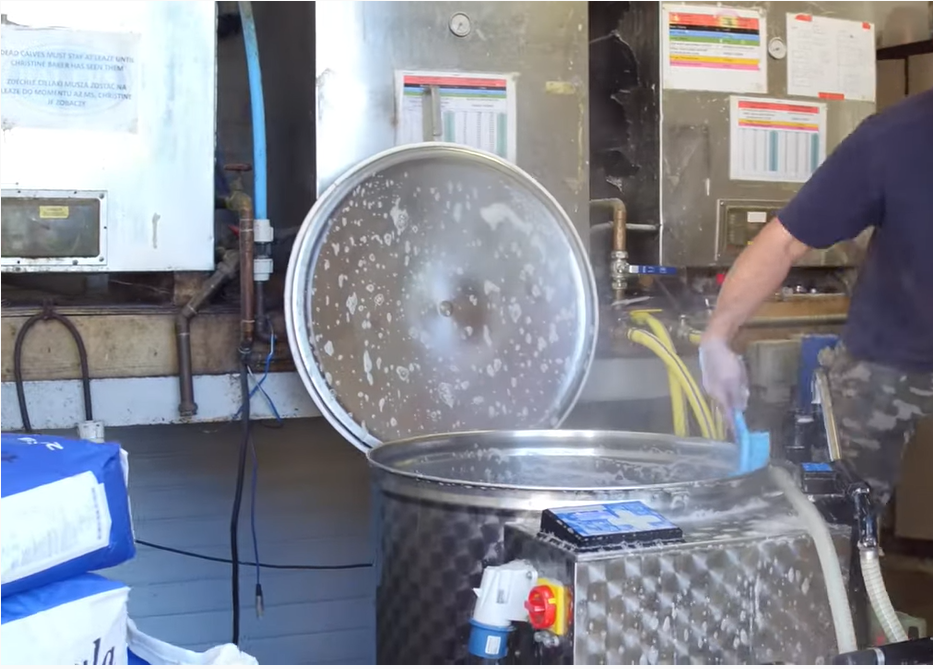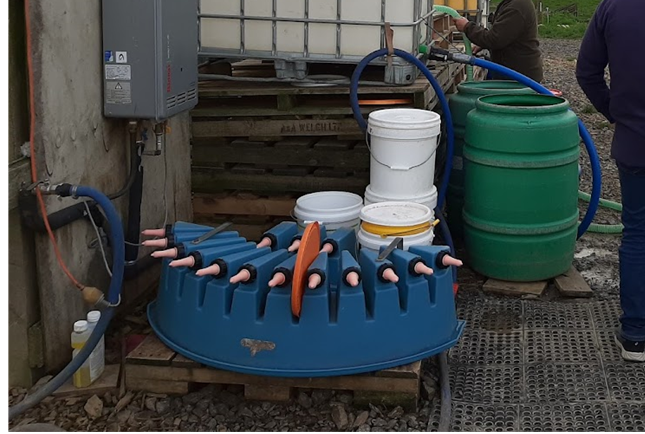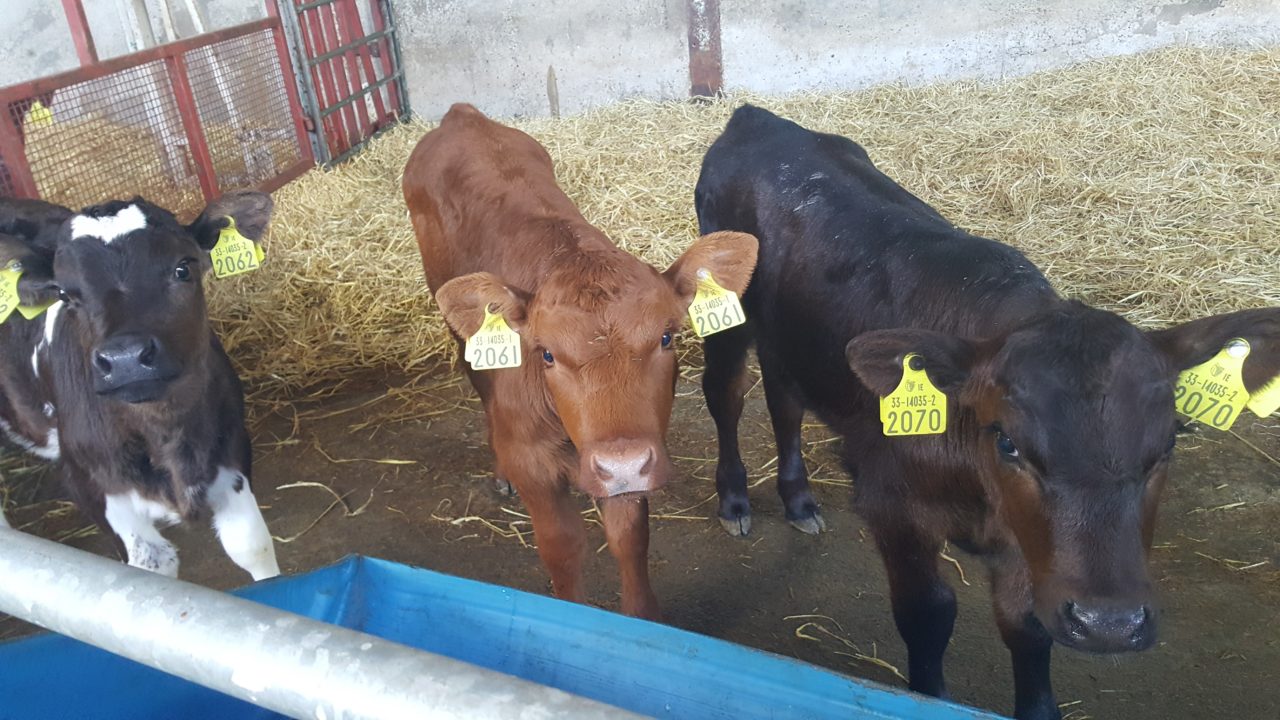Creating standard protocols that promote good hygiene around calf rearing processes is key to keeping calves protected from disease and illness.
During a recent Bonanza Calf Nutrition ‘CalfChat’ event held in conjunction with Progiene, calf rearers were urged to make hygiene part of daily and weekly routine practices.
Dr. Christine Cummins, of Bonanza, told participants that during the pre-weaning phase, a calf is extremely vulnerable to disease – diseases that arise from pathogens naturally occurring in the environment and which can multiply rapidly if conditions are not clean.
At birth, the calf is immunocompromised until intakes of colostrum can provide it with antibodies to build up innate immunity; during the preweaning phase, this immunity drops off before active immunity takes over, said Dr. Cummins.
“Furthermore, the gastrointestinal tract is extremely porous and underdeveloped at birth and in the first weeks of life, both physically and microbially, which means that the calf is very susceptible to succumbing to illness,” she added.
“Being in direct contact with any bugs a calf ingests, the intestinal tract must be protected from high levels of pathogens so we must strive for the calf to have a clean environment.’’
During the recent CalfChat event, 62% of rearers who participated in a poll said they cleaned or sanitised their feeding equipment daily; 23.5% cleaned it every one to two weeks and 12% waited until it was visibly dirty.
When a feeder is visibly dirty, it is a high-risk environment for calves, warned Dr. Cummins. Cleaning and disinfecting daily is highly advisable, she said.
“It takes just a gram of infected dirt to infect a single calf and because these microbes are practically invisible we are unable to see how easily they can be spread,” Dr. Cummins added.
So how does a rearer know when hygiene standards are where they should be?
Dr. Cummins said this can be very difficult as it is not always the physical signs that are important.
Something can look clean but can be carrying a biofilm, a layer of micro-organisms and extracellular polymeric material (EPS), which forms on surfaces.
Less than half of CalfChat participants (44%) knew what a biofilm was while 14% had heard of it but didn’t know what it was.
Biofilms not only increase the risk of infection, but can also result in equipment, such as automatic feeders, failing. While regular cleaning and disinfecting can prevent this, the method in which it is done is important.
34% of CalfChat participants said they cleaned their equipment first using cold water, followed by hot.
Cleaning first with cold will wash off much of the pathogens on the surface of feeders without damage, Dr. Cummins explained.
“Using hot water can cause particles to stick to the surface, and invisibly cause a build-up of microbes, which can cause many issues in calves,’’ she said.

Part of the biofilm is a layer which feels slimy to touch; this layer is protective and when it is removed it does not mean the biofilm is gone.
To remove a biofilm it is important to use aggressive detergents, such as paracetic acid, Dr. Cummins advised.
“This is aggressive enough to tear through the layers of biofilm to lift it off,” she said.
However, the effect of paracetic acid only lasts a few hours so if it is used for equipment or teats, it is important to replenish it every day.
Dr. Cummins said using a brush can be an excellent, albeit not always practical, part of the daily routine.
“Use it just as you would with your own dishes. If possible, incorporate it even a couple of times a week, it can be very effective,” she said.
Some surfaces are more susceptible to biofilm formation, such as some plastics and rubber, rough or porous surfaces and cast iron. Nutrients and oxygen are also factors in promoting the growth of biofilms.
Dr. Cummins said it was crucial to constantly monitor water troughs for contamination and to clean them at least once or twice weekly.
Furthermore, keeping water troughs clean and checked will minimise the risk of cryptosporidium in calves as a dirty trough provide the perfect conditions for oocysts to multiply.
Storage of feeding equipment after cleaning is also pertinent to minimising the build-up of pathogens such as cryptosporidium, which thrive in wet or damp conditions.

Place feeders and buckets upside down and allow to drain dry, said Dr. Cummins.
Another area which often gets overlooked is the inside of teats. Cleaning these is a very time-consuming task but an important one, especially when feeding high fat milk or milk replacer.
“The teats cannot clean themselves and leaving them untouched internally allows pathogens to build up and possibly cause trouble,’’ said Dr. Cummins.
“It is both a good way to minimise bugs and to monitor teat performance.’’
Only 35% of participants in the CalfChat poll said they cleaned teats internally every day while 32% never cleaned them.
The consequences of inadequate hygiene are wide ranging; calves can outwardly look healthy but may not be thriving and achieving their potential due to a subclinical battle with pathogens or there may be acute outbreaks of diseases which result in mortalities.
“It is certainly an area that takes a lot of maintenance and can also be overlooked in the busiest periods,’’ said Dr. Cummins.
In the CalfChat poll, participants said that they placed most focus on cleanliness in the calving pen (36%), feeding equipment (36%) and baby calf pens (27%).
“These are very important to prioritise as the calves are typically most vulnerable when feeding and earlier in life,’’ said Dr. Cummins.
“We each have our own challenges on our individual farms due to every farm being unique so our predominant focus will lie in different areas of calf management,’’ she said.
She advised rearers to review their practices and to consider what they can do this year to take their hygiene a step further to protect their calves.
For information on hygiene products, click here.

